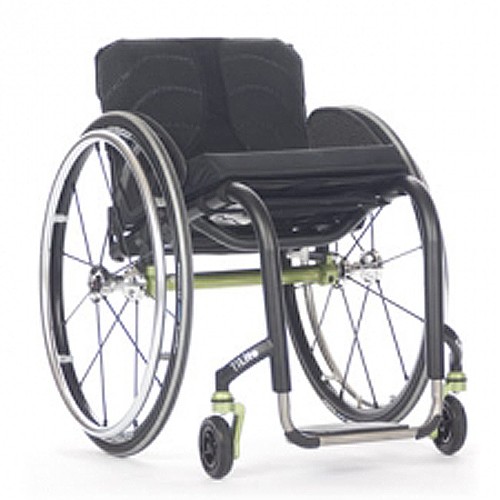
Tilite Zr Series 2 Wheelchair
Priced from
£3,474.00
What we say
Rigid manual titanium wheelchair. Options: Transport bracket; Range of colour options and frame styles.
ADD FOR COMPARISON
Mobility Smart
If you are a national retailer who is not listed please read our faqs to find out how to add your company. If you are listed and need to update your details please read how to update your listing.
Product Information
Manufacturer's Product Description
The manufacturer has not provided any further information about this product
Manufacturer's Contact Details
https://permobilus.com/products/manual-wheelchairs-by-tilite/
Tilite
USA
Key Features
- Adjustable centre of gravity
- Depth adjustable seat back
- Folding angle adjustable seat back
- Camber can be set at eight different angles
Product Dimensions
| Accreditation | |
|---|---|
| RNIB accreditation | "N/A" |
| Dimensions | |
| Capacity | 120kg |
| Overall width | "N/A" |
| Weight (kg) | 4.2kg |
| Width | 58cm |
| Frame | |
| Adjustable centre of gravity | Standard |
| Anti-tip devices | Option |
| Material | titanium |
| Seat | |
| Seat depth | 25-51cm |
| Seat height | 41-53cm |
| Seat width | 25-51cm |
Product Specification
No product specification has been specified.